22 Impressive Facts About D-Day - WWII
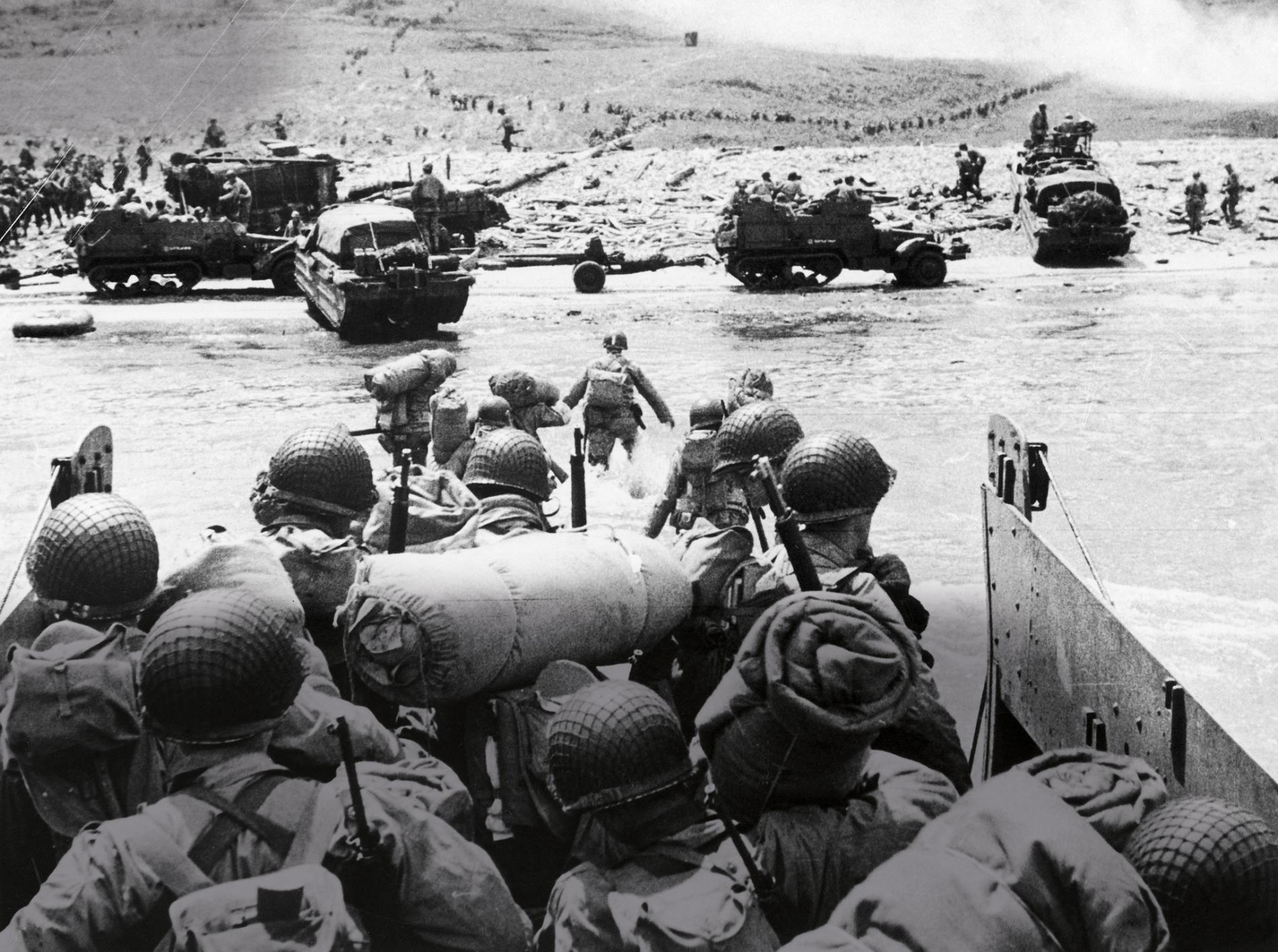 |
| D-Day Invasion. Photo: National Geographic |
Nazi Germany during World War II appeared to be invincible. Over the course of a year, however, a daring action was plotted that would ultimately bring the tipping point, but at the cost of many lives.
Because June 6 is now known as D-Day in history books.
The initial phases of the Battle of Normandy, France (also known as the Invasion of Normandy) began on June 6, 1944, as part of Operation Overlord. It was the culmination of a global strategy employed by the Allied powers throughout the war. The Western Front of the War opened due to the success of the D-Day invasion.
Numerous documents concerning D-Day and the events leading up to it are preserved in the National Archives and Records Administration (NARA). The documents exist in a wide variety of file types and repositories within the Archives. This page features a curated collection of records and links to related materials to demonstrate the breadth and depth of information available.
We have picked out 22 impressive facts about D-Day:
1. Dwight D. Eisenhower was responsible for the successful invasion of Normandy in World War II and was elected President of the United States nine years later. We also have many exciting facts about the USA up our sleeve.
2. The Atlantic Wall, which was intended to prevent the invasion of Western Europe during World War II from succeeding, was built by 260,000 workers.
3. In the six days after D-Day, 326,000 soldiers, 104,000 tons of material and 54,000 vehicles landed in Normandy. By the end of June, a total of 850,000 men had landed.
4. The landing mission on D-Day ran under the name “Operation Neptune”. It was part of the invasion of Normandy, which was called “Operation Overlord”.
5. To conceal the nature of D-Day, “Operation Fortitude” was launched. With the help of dummy tanks and planes as well as false practice maneuvers, the British let the Nazis believe that an invasion could take place somewhere near Calais or even in Norway. In false radio messages, whole armies were invented and even details of soldiers’ weddings and sporting events were spread to support the authenticity.6. Theodore Roosevelt, Jr. son of former U.S. President Theodore Roosevelt, led a pision during D-Day and died the following month on the battlefield in Normandy.
7. During World War II, the Nazi regime had built a 1,668-mile-long (2,685-kilometer-long) Atlantic Wall that stretched from Finland to the Spanish peninsula. The goal of D-Day was to create a line of defense consisting of over 8,000 bunkers, tunnels, hundreds of heavy guns, thousands of smaller cannons and millions of tons of steel and concrete.8. The British developed the DD Tank, a floating Sherman tank, during World War II. Originally the term stood for “Duplex Drive Tank” but was also jokingly pronounced “Donald Duck Tank”.
9. The Allies chose Normandy as the place of invasion to surprise the Germans. The Germans thought that Calais would be the most likely location, partly because it was the least distant from Great Britain.
10. More than 156,000 American, British, and Canadian soldiers landed on June 6, 1944, at the so-called Omaha Beach in about 5,000 ships.
11. The five french beaches belonging to the German bridgehead were given the code names Omaha, Utah, Gold, Sword and Juno by the Allies.
12. Originally, D-Day was scheduled for June 5. But the Royal Air Force’s chief meteorological advisor James Martin Stagg was able to convince Eisenhower to postpone it by one day in order to prevent a disaster due to an impending storm.
13. The term “D-Day” generally refers to a selected day for the start of a military operation. The “D” simply stands for “day”. Similarly, there is also the H-Hour, which defines the exact time of the beginning of a military action.14. In order to break German air sovereignty, the Allies deployed 1,200 airplanes to protect the ground troops.
15. On the night of D-Day, over 13,000 Allied paratroopers landed in Normandy to knock out communications equipment and bring important bridges under their control.
16. Eisenhower had already prepared a statement in which he took all the blame for the failure of “Operation Neptune” on D-Day and emphasized the bravery of the soldiers.
17. Although the German soldiers at the Allied landing in Normandy, with 50,000 soldiers, were less than a third of the Allied manpower, they were able to hold off the attackers for several days due to the massive defense installations. It took eight days to occupy the 50-mile-long (80-kilometer-long) coastal strip.
18. On D-Day alone, some 4,400 Allied soldiers died under the hail of bullets from Nazi Germany. Another 73,000 Allied soldiers lost their lives in the ensuing fighting in Normandy.
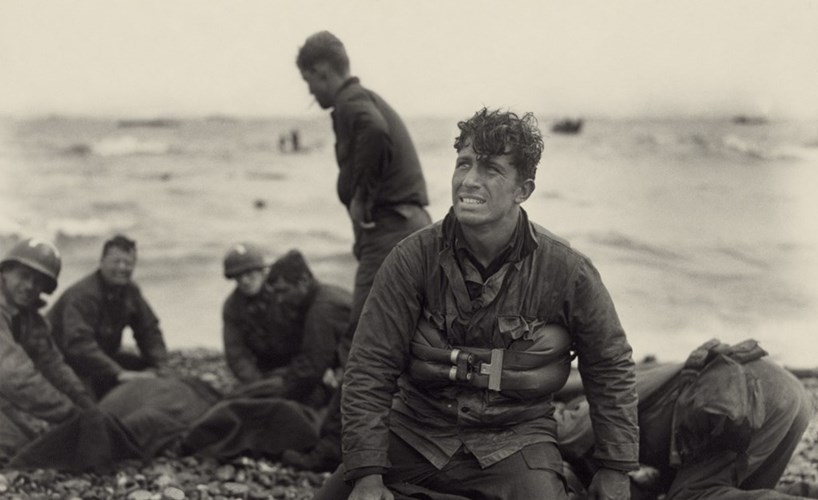 |
| Allied soldiers died under the hail of bullets. Photo: Churchtimes |
19. In preparation for D-Day, Normandy was bombed for three months to destroy bridges, railroads, and positions. An estimated 60,000 civilians were killed.
20. D-Day is still the largest amphibious invasion in history.
21. On D-Day, 29 floating tanks were to reach Omaha Beach to support the infantry. Unfortunately, 27 of them sank due to the high waves after they were released three miles (five kilometers) off the French coast. This made the invasion of this stretch of coast much more difficult.
22. The invasion of Normandy on D-Day turned the Second World War in favor of the Allies
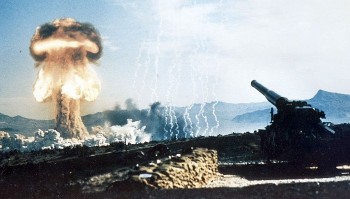 What is the Cold War: Causes, Purpose and Will There be More World War? What is the Cold War: Causes, Purpose and Will There be More World War? What is Cold War? Evolution and nature of the cold war? Purpose and consequences of the cold war? Will the world continue to have a ... |
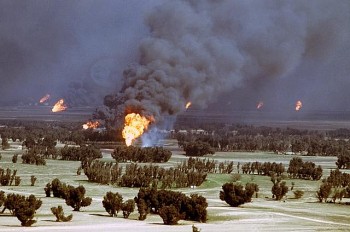 What is War? Causes, Types and Consequences of War What is War? Causes, Types and Consequences of War War continues to break out in many parts of the world with terrible consequences for mankind. Every inhabitant of the earth needs to understand war ... |
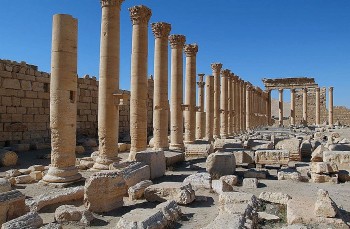 Top 15 Historical & Cultural Monuments Destroyed By War Top 15 Historical & Cultural Monuments Destroyed By War The conflict has tragically caused some of these monuments to be destroyed, but they represent the wonderful past that this land once held. |
 The Most Unimaginable Excesses of Rich People Living In The Gilded Age (USA) The Most Unimaginable Excesses of Rich People Living In The Gilded Age (USA) The elite of the Gilded Age lived a lavish life with lots of excesses. Check out dining, clothing and traveling excesses of rich people during ... |
























